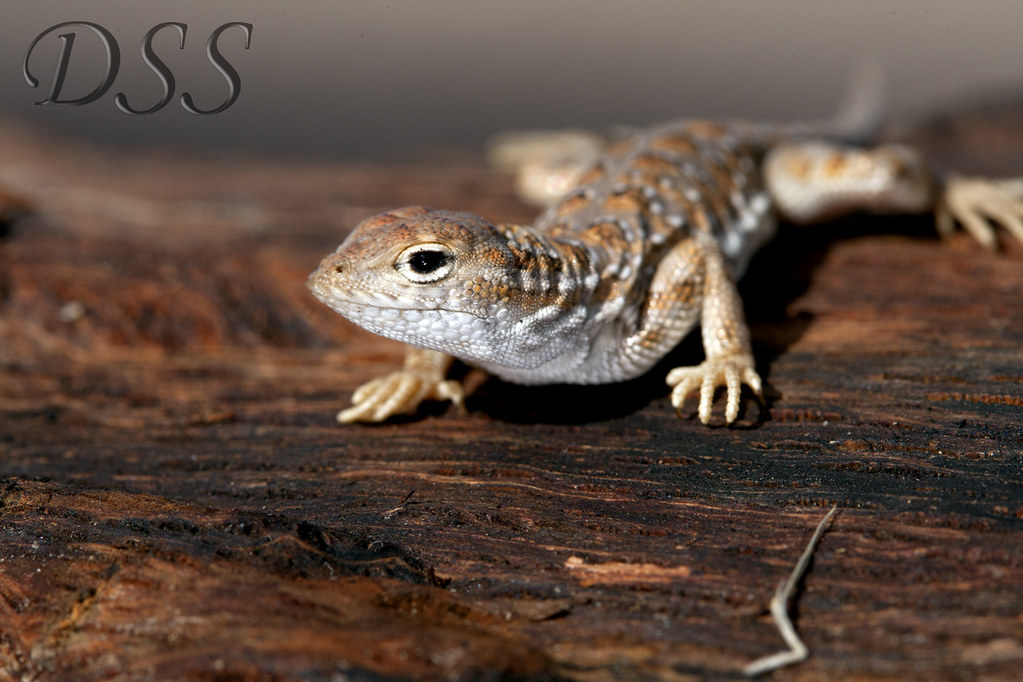Here's an earless lizard from Arizona. Notice that he has no external ear openings.

Here's an earless lizard from Arizona. Notice that he has no external ear openings.

My Flickr page
Canon Eos 1DIII, Canon Eos 20D, Canon Eos T3i, Canon Eos M, Canon EF 400mm f5.6L, Canon EF 300mm f4L IS, Canon EF 70-200 f2.8L IS II, Canon EF 180mm f3.5L macro, EF Canon 24-70mm f2.8L, Canon EFs 60mm f2.8, Canon EF 50mm f1.4, Canon EF 50mm f2.5 compact macro, Canon EF 40mm f2.8, Canon EF-M 22mm f2, Canon 430EX II
Ha, don't know about the weather sealing, but there is definitely a trick to keeping lizards still. 1. Catch them. 2. Make a slip-knot out of sewing string and tighten gently around a rear leg. 3. Have a friend hold the string so the lizard sits where you want it to sit (I usually grab a log or a rock for modeling). 4. Edit out the string from the pics or shoot around the string (I try to shoot around the string in most cases...less editing).
Snakes are a little tougher. 1. Catch them. 2. Put a pot or some kind of cover (hands work well for small non-venomous snakes) over them for 5+ minutes. I wouldn't suggest trying this with venomous snakes unless you are comfortable doing it. The nice thing about vipers is that they tend to sit and be defensive once you find them, so they tend to pose for you. 3. Remove the cover and fire away (they will usually sit coiled up for a bit after being exposed).
Amphibians are pretty slow so I just keep placing them on substrate and firing away until I get the shots I want.
My Flickr page
Canon Eos 1DIII, Canon Eos 20D, Canon Eos T3i, Canon Eos M, Canon EF 400mm f5.6L, Canon EF 300mm f4L IS, Canon EF 70-200 f2.8L IS II, Canon EF 180mm f3.5L macro, EF Canon 24-70mm f2.8L, Canon EFs 60mm f2.8, Canon EF 50mm f1.4, Canon EF 50mm f2.5 compact macro, Canon EF 40mm f2.8, Canon EF-M 22mm f2, Canon 430EX II